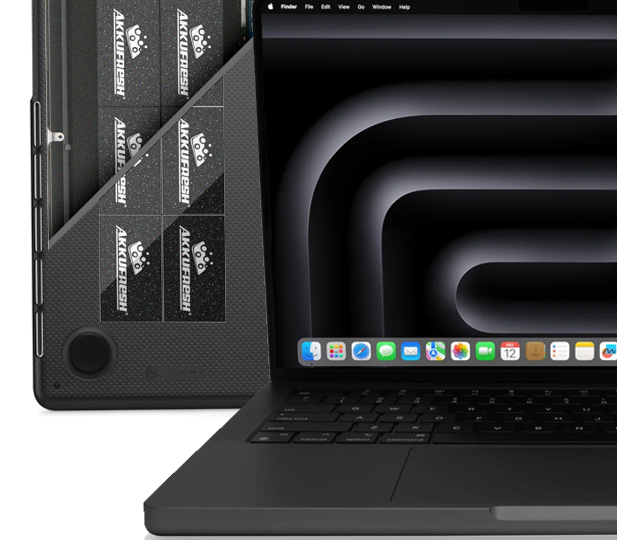Tips & Tricks: how to maximize the life of your battery?
A common difficulty with portable equipment is the gradual decline in battery performance after the first year of use.
Although fully charged, the battery eventually deteriorates to a point where the available energy is less than half of its original capacity, resulting in unexpected downtime. For a battery to reach its natural life, proper maintenance is necessary. There are several things you can do to maximize the useful life of your battery.

